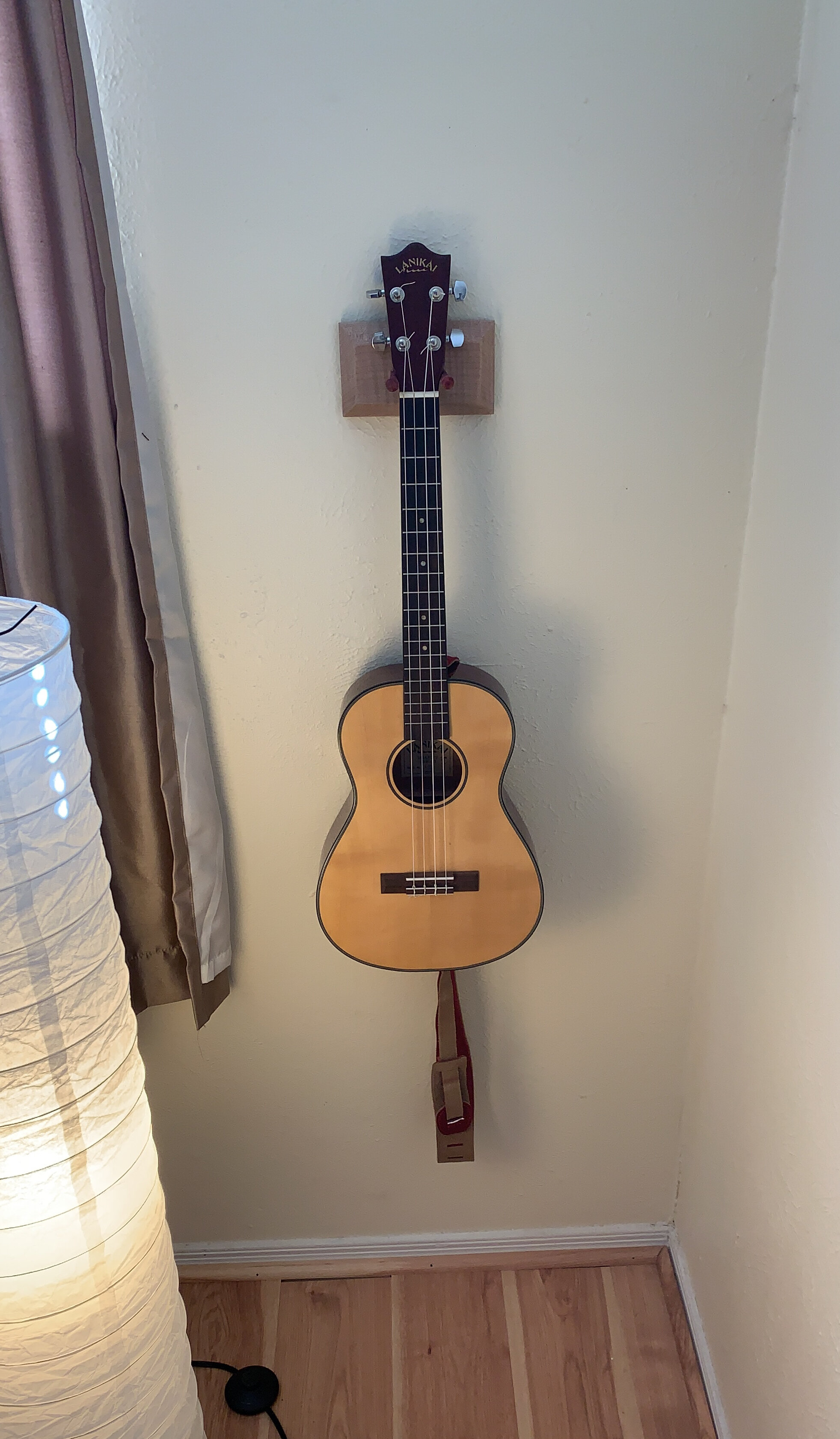I had seen a coat rack in a shop in Copenhagen and the design stuck in my mind. Consisting of a line of oak dowels and a pine back, some of those dowels hinge down to become hooks for coats and bags. It looks a bit like a sound recording. I’m glad to have a chance to recreate it in the entry hall of our house.
Combining both of my hobbies, there is a connection between the process of making something out of wood and song writing. This connection is nicely described in Callum Robinson’s book, “Ingrained”. (HarperCollins 2024)
. . . you can’t just conjure a new design out of thin air . . . Instead you have to spot it. And the best way to do that, is to draw it
And draw it.
And draw it.
Sketching is a bit like humming, or strumming, groping your way toward a new song or melody. It would be hard to describe precisely what it is you are listening for, or what is guiding you forward. But if you noodle around for long enough. - if you know what you like and what you hate, and at least something of what it is you are trying to say - then a word, a note or a couplet may catch and stick in your ear, tentatively suggesting a next step worth exploring. It could take hours or days, of even weeks for the whole tune to find you. It might present itself almost fully formed in just a few frantic minutes or slip between your fingers to vanish forever. The trick to unearthing something valuable on paper . . ., is to recognize when one of your sketches “sings to you”.



























































